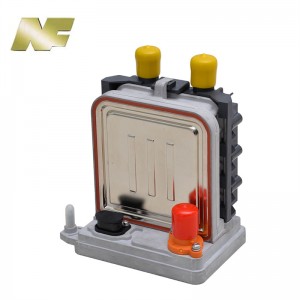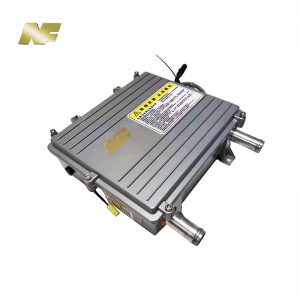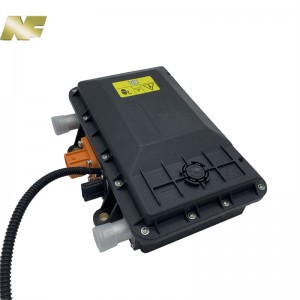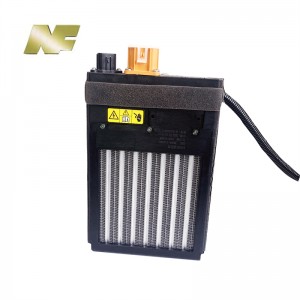Vehicle electrification has gained enormous momentum as the world strives to move towards a more sustainable future. Electric vehicles (EVs) are not only environmentally friendly but also offer significant advantages in reducing emissions and improving energy efficiency. However, as electric vehicle adoption increases, the need for efficient heating, ventilation and air conditioning (HVAC) systems has become critical. This is where cutting-edge components such as the EV PTC coolant heater come into play, ensuring optimum comfort and energy management in electric vehicles.
Learn about HVAC systems in electric vehicles:
The HVAC system in an electric vehicle is responsible for maintaining the required temperature in the passenger cabin, while also meeting the cooling requirements of various electronic components. Unlike internal combustion engine (ICE) vehicles, EVs cannot use the engine's excess waste heat for heating. Therefore, an efficient heating system is essential to provide immediate warmth in cold weather conditions.
The function of the EV PTC coolant heater:
High-voltage coolant heaters are one of the key components for the successful operation of electric vehicle HVAC systems, often referred to as EV PTC coolant heaters or PTC (Positive Temperature Coefficient) heaters. This advanced heating technology has revolutionized the heating capabilities of electric vehicles.
How does the EV PTC coolant heater work?
PTC heaters rely on the unique property of certain materials that their electrical resistance increases with temperature. This means that as the temperature increases, the power consumption decreases. When electricity passes through these materials, they heat up and transfer the resulting heat to the circulating coolant in the EV's cooling system. The heated coolant is then used to heat the passenger compartment or any other required area.
Advantages of EV PTC Coolant Heater:
1. Energy Efficiency: PTC heaters(PTC coolant heater/PTC air heater) are extremely energy efficient due to their self-regulating properties. When the desired temperature is reached, the resistance of the heater increases, reducing energy consumption. This efficient power management prevents unnecessary battery drain and improves the overall driving range of electric vehicles.
2. Fast Heating Response: The PTC heater provides instant and even heating, ensuring fast heating during cold start or cold weather conditions. This eliminates the need to idle the vehicle just for heating purposes, saving energy and reducing environmental impact.
3. Safe and reliable: EV PTC coolant heater has inherent safety features. Self-regulating features prevent overheating and eliminate the risk of thermal runaway. Additionally, these heaters are designed to operate in high pressure systems and meet stringent safety standards.
4. Versatility and integration: The EV PTC coolant heater is compact and can be seamlessly integrated into the vehicle's existing HVAC system. They can be used in a wide range of electric vehicle applications, including battery thermal management and heating critical components that require specific temperature control.
The Future of Electric Vehicle HVAC Systems:
With the rapid adoption of electric vehicles, the automotive industry is constantly striving to improve the driving experience. The future of HVAC systems in electric vehicles will see further advancements to provide greater comfort and convenience. This includes leveraging predictive algorithms to optimize heating cycles, improving integration with smart home systems for preconditioning, and integrating renewable energy to power HVAC systems.
in conclusion:
As EVs continue to dominate the automotive landscape, the importance of efficient HVAC systems cannot be overemphasized. EV PTC coolant heaters have become a key component in maintaining optimum thermal comfort in electric vehicles, ensuring energy efficiency and passenger satisfaction. Its fast heating response, energy-saving capabilities and versatility put it at the forefront of electric vehicle HVAC technology. With continuous development and innovation, these systems will pave the way for a greener and more comfortable mobility future.




Post time: Jun-25-2024




